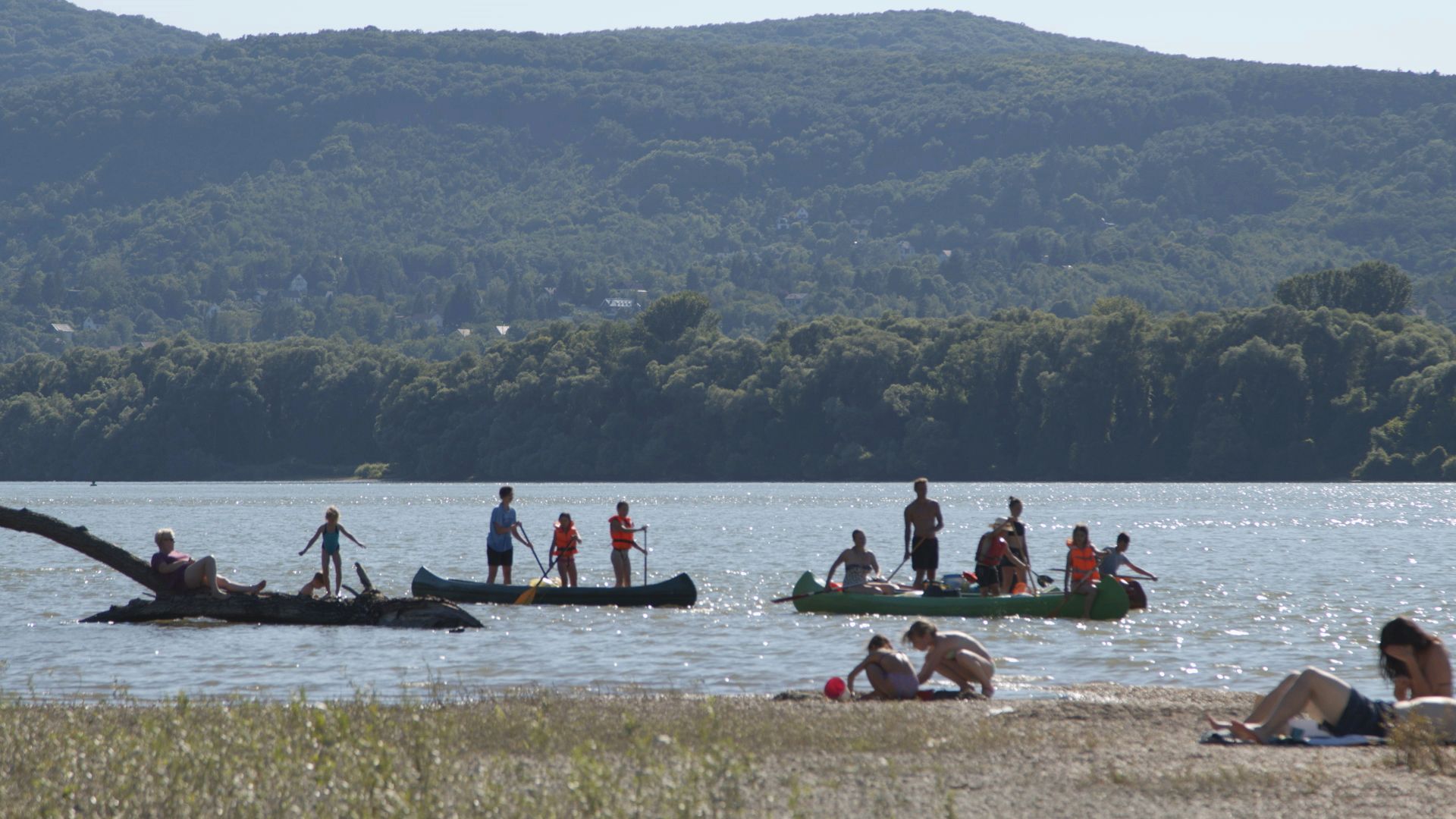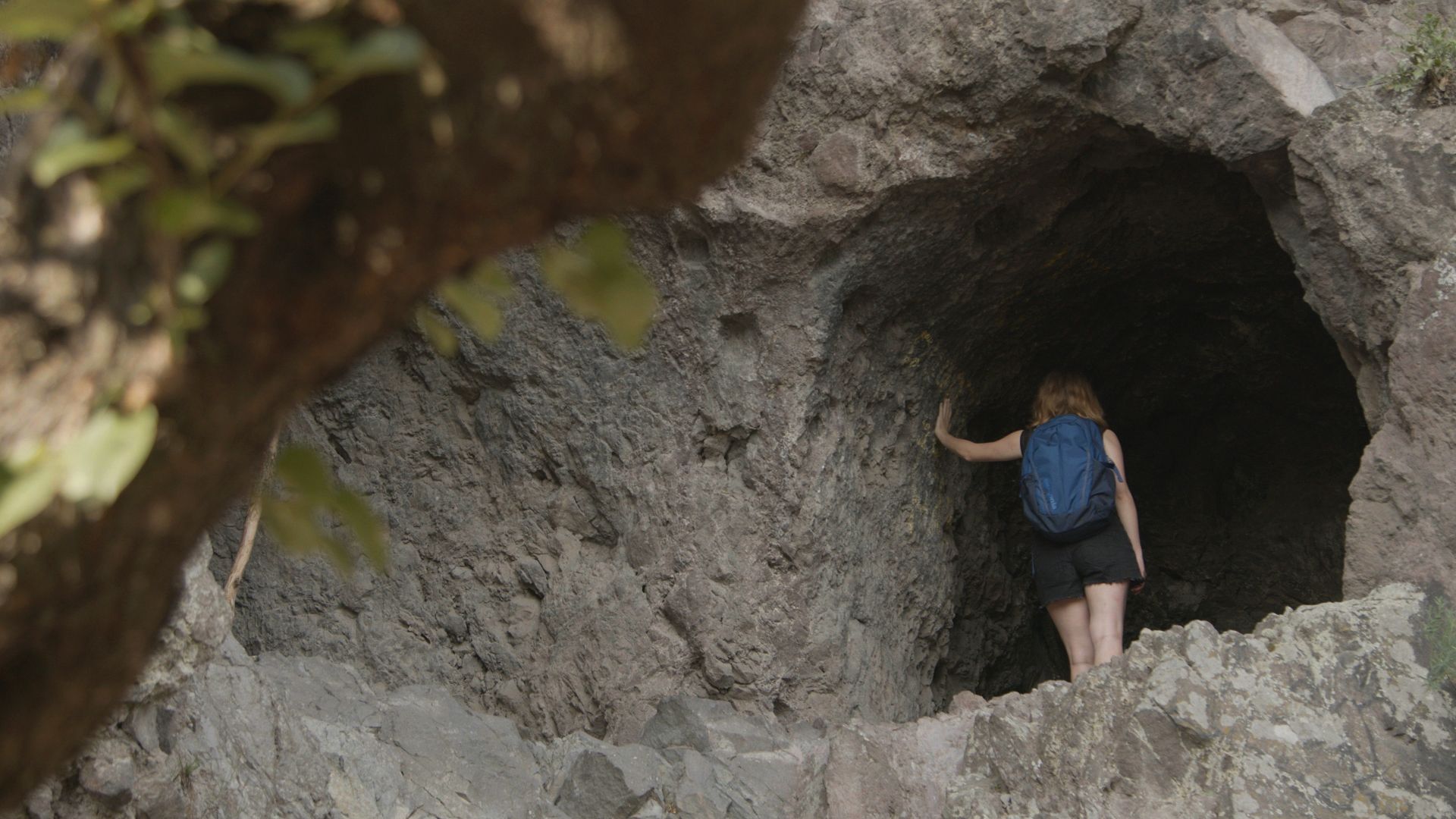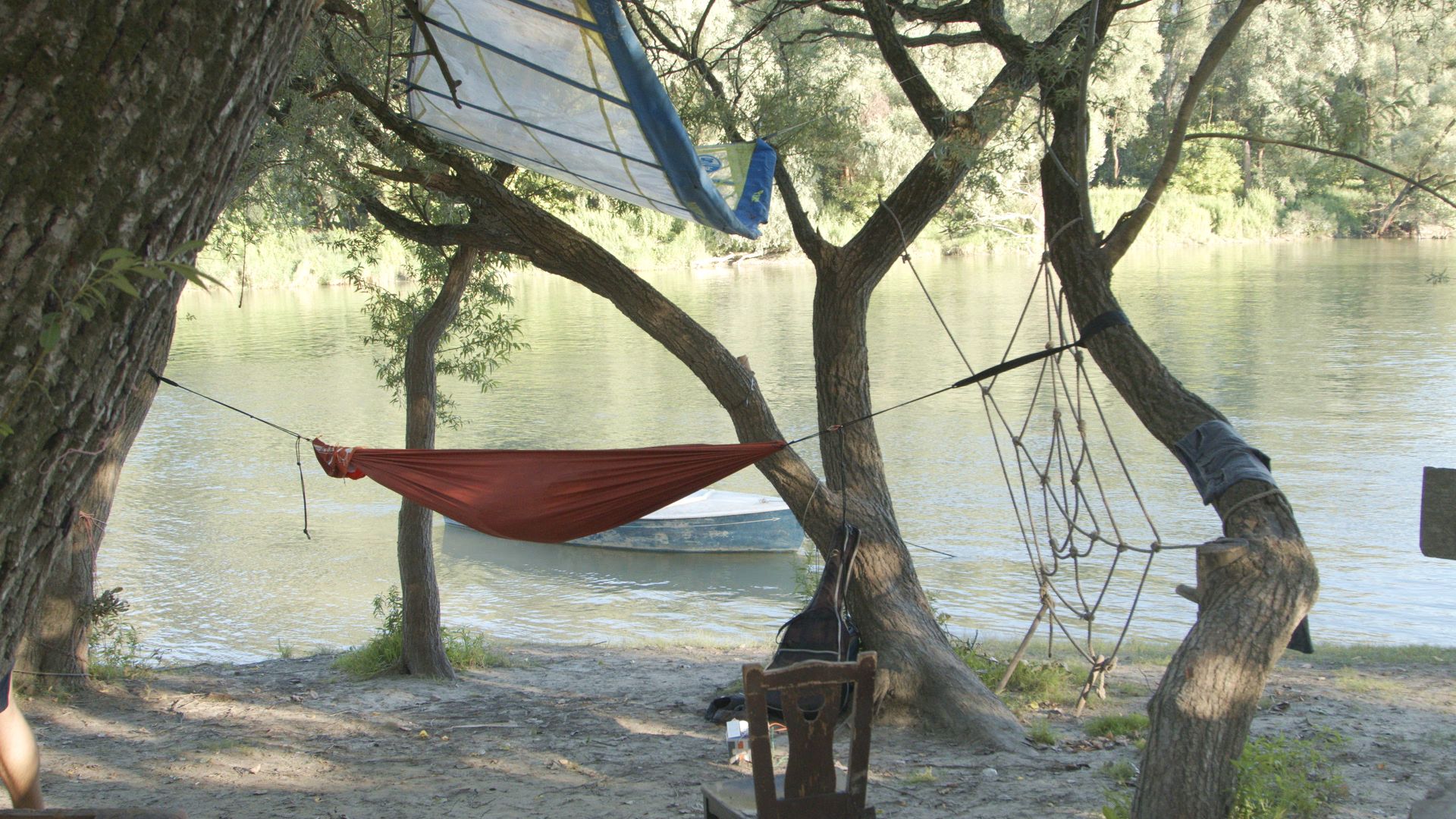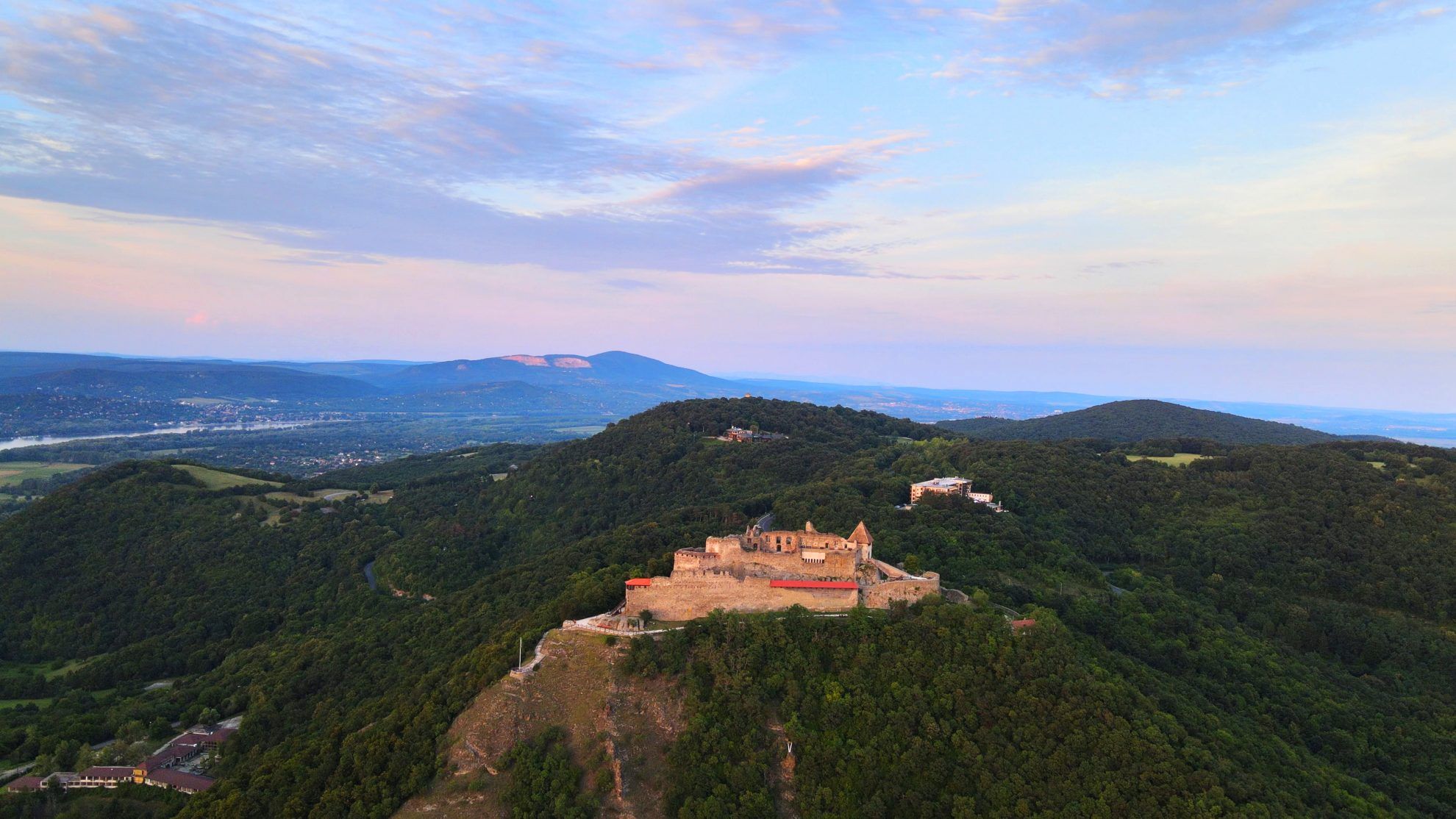Waterfront, islands, mountains, picturesque little villages, historical memories: in spite of its small area, the Danube Bend is an incredibly diverse part of the country. Owing to its location, it has wondrous natural qualities, and some even think that the heart chakra of the Earth is located somewhere around here, at Dobogókő. This is quite hard to contest once we visit this region. We explored this region as the fourth stop of our Indulj el! series, and now we share the spots we discovered that have become our favorites.
The Danube Bend’s charm lies in its diversity: three regions (the northern, the eastern and the central Hungarian regions) and three counties (Pest, Nógrád and Komárom-Eszterrgom) meet here. In addition, three mountains also belong to the region, namely the Börzsöny, the Pilis and the Visegrádi Mountains. The historic importance of the Danube Bend comes from the medieval royal palace in Visegrád and the castle of Esztergom, while its natural importance is owing to the Danube-Ipoly National Park. This region has always attracted tourists, and in recent years it has been expanded with additional exciting spots: visitors can swim in the river at more locations and the region’s selection of restaurants and parties is also spotless.

Kisoroszi szigetcsúcs
The most northern corner of the Szentendre Island is undoubtedly one of the best places of the Danube Bend and the entire country – it doesn’t matter if we look at it from above or from the riverside. The beach area is just large enough to provide visitors with a space to enjoy the sun and the water and to preserve the atmosphere of nature. You can admire the Danube landscape on the sometimes gravelly other times sandy waterside, you can get on the river canoeing, or eat a good meal – a truly good one – in the diner lying a few steps from the waterfront.

A trip to Remete Cave
If you start out from Zebegény and head to Remete Cave, you’ll find yourselves on one of the most spectacular walking tours of the country. It is worth climbing up to the Remete Cave as it is located exactly in the bend of the Danube, thus offering a truly incredible panorama. The caves carved into the partly artificial cliffs were named after their former monk inhabitants, but Roman legionaries also lived in them allegedly.

Nomád bar, Nagymaros
The Nomád bar defined as a barefoot club is a truly nomadic and barefoot place. It is located between Kismaros and Nagymaros, and is a truly cool and laidback place, where one can dance, rest, slackline and camp, too. The best is to arrive via canoe, because this way it feels like you enter another, much more natural world.

The forest railway in Királyrét
Most Hungarian kids have some sort of memory about the train in Királyrét – it’s something shared by generations, and for good reason, as this is one of the oldest railroads of the country. It crosses the valley of the Morgó creek, and you can get on several hiking trails in the Börzsöny mountain.

Vácrátóti Arboretum in Vácrátót
One can find the richest plant collection of the country in the National Botanical Garden in Vácrátót. The foundations of the 27-hectare, romantic garden were laid down in the 19th century, and it gives home to 13,000 plant species today. In addition to local flora, one can also see exotic species here, for example in the Palm House or the Cactus House, but you also enjoy the endless beauty and serenity of the park by taking a simple walk.
The city of Visegrád
It’s always the castle or the Visegrád Four popping up in our minds when we think about Visegrád, but the city itself is also worth more exploration. The city regularly summons the spirit of the middle ages through the programs organized in their famous buildings: every summer, a tournament is organized in the Salamon Tower and Renaissance concerts are held in the Citadel. The farmers’ market at Rendezvénytér is open to visitors all through the year, where one can shop the products of local producers and the farmers of the Danube Bend area. Guests can also fish their lunch for themselves from the Trout Lake in Visegrád, which will then be prepared for them in Ördögmalom restaurant.

Illustration: László Bárdos

Surreal spaces | Andrea Koporova

Gap-filling logo collection | Hungarian Logos










